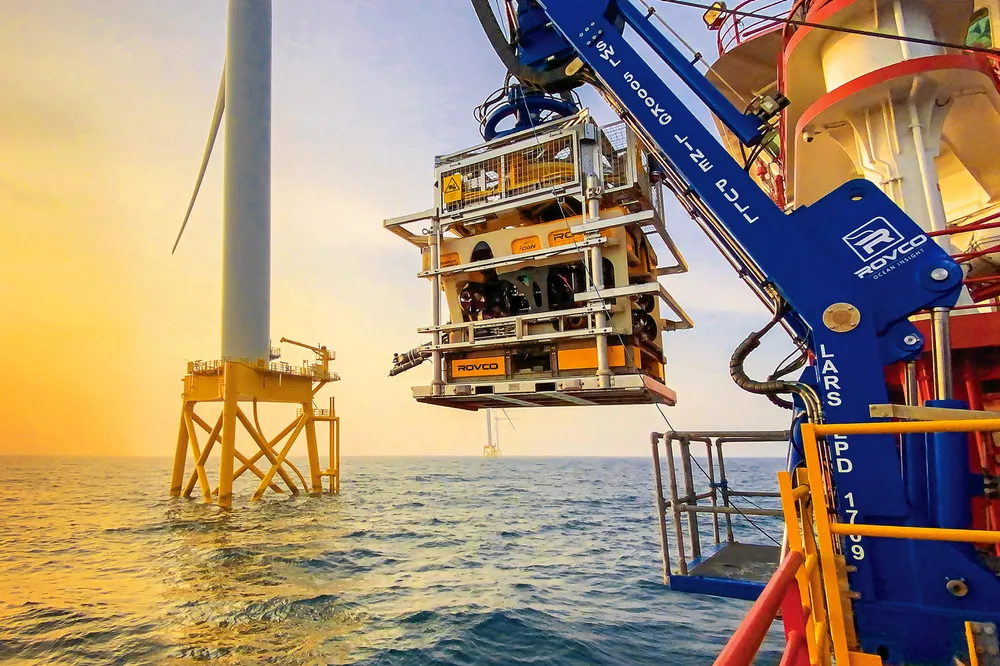Offshore wind gloom? Not for service vessels where it's 'happy days'
High inflation and interest rates have hit offshore wind hard but service vessel operators are upbeat on their side of the industry

The offshore wind industry may have been hit hard by recent economic headwinds but the CEOs of two companies whose vessels service such projects have described how their sector is seeing rapid growth and “happy days”.
But Rovco, whose vessels assist in marine surveys, construction support and operations and maintenance for offshore wind farms, has seen its business grow up to six times over in the same period, he said.
“We’ve seen an entirely different set of market characteristics to the general offshore wind market.”
Because Rovco services not just new wind farms but the existing stock of them, “we have a foot in both camps,” said Allen, who was speaking at the recent RenewableUK Global Offshore Wind summit in Manchester.
Because of that, he said that a “slight slowdown” in the rate of growth of the new wind farms has not had a significant impact on Rovco’s growth.
That means it’s “happy days” for investors and shareholders in the company, he said, as the business is doing “really, really well.”
That doesn’t mean there aren’t issues, he said. The executive team might feel like “everything’s breaking all the time” and they are having to “continually patch up and fix each area of the business as it grows,” he said.
But growing pains are certainly a better problem to have than shrinking ones.
Matthew Gordon, CEO of North Star, a UK company that operates a fleet of vessels supporting a wide variety of offshore operations, including more recently in the offshore wind sector, painted a similar picture.
While it has been trying times for much of the offshore wind sector, North Star has seen the “reverse side of that,” he said, going from zero to eight service operation vessels (SOVs) – “a lot of growth during that period of headwinds.”
That’s not to say that the recent sector struggles are not a cause for concern.
That failure of the AR5 round largely stemmed from the UK government’s failure to account for inflation that had driven up the costs for, and prices of, vessel owners, among many other parts of the offshore wind supply chain.
Allen noted how staffing costs have gone up by around 25% in recent years, while rent has also increased. Fuel costs at one point skyrocketed four times to over $2,000 a tonne, he said, although they are back down now.
Those pressures inevitably translated into an increase in the prices charged by vessel operators, although Allen insisted Rovco’s profit margins haven’t increased – something he said only happens when they bring in a new technology.
With world-changing events like the Covid-19 pandemic and the war in Ukraine coming, and often passing, quicker than it takes to build an offshore wind farm, Allen reflected on how “incredibly hard” it is to forecast the costs for a wind farm “five years ahead of when it’s actually going to go live.”
(Copyright)